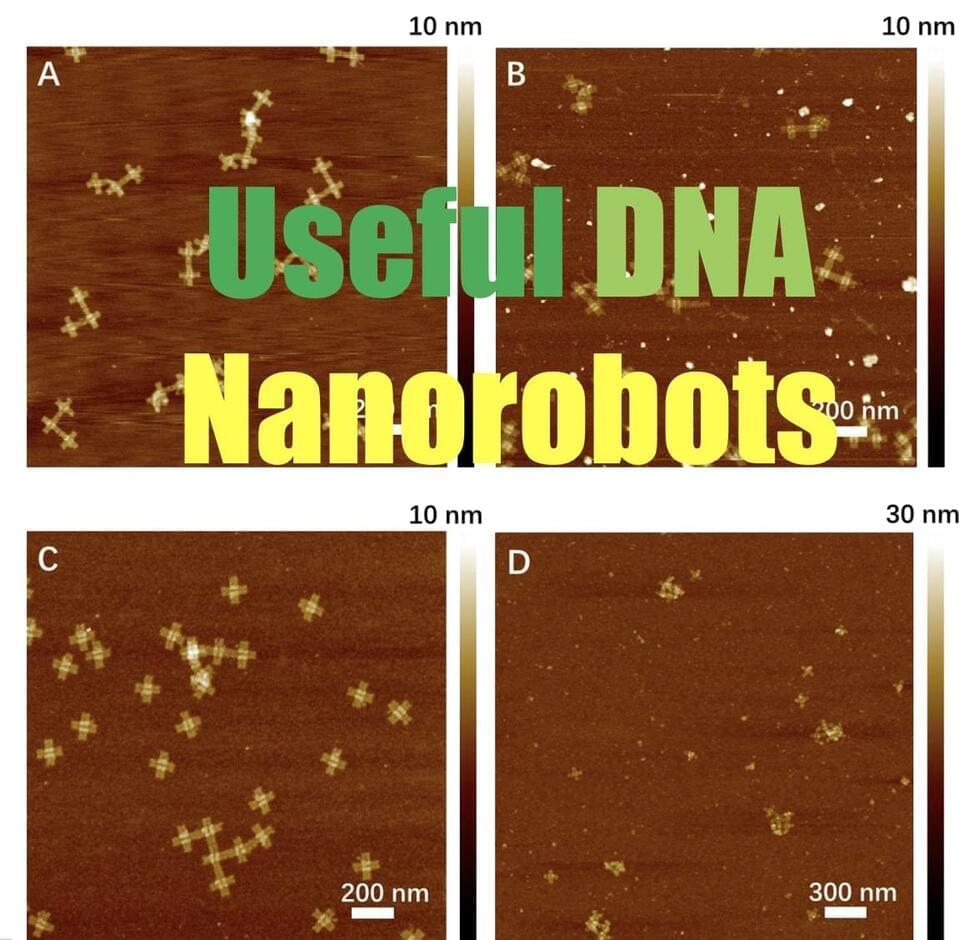Is HD 101,065 or Przybylski’s Star salted with Plutonium? David Kipping of Cool Worlds lab joins John Michael Godier to discuss the search for exomoons and te…
Get the latest international news and world events from around the world.
A Scientist Says He Has the Evidence That We Live in a Simulation
The “Second Law of Infodynamics” could prove it.

Breakthrough Demo of 3D DNA Industrial Nanorobots Manufacturing
DNA nanostructures can perform some of the complex robotic fabrication process for manufacturing and self-replication. Building things and performing work with nanorobots has been a major technical and scientific goal. This has been done and published in the peer reviewed journal Science. Nadrian C. “Ned” Seeman (December 16, 1945 – November 16, 2021) was an American nanotechnologist and crystallographer known for inventing the field of DNA nanotechnology. He contributed enough to this work published in 2023 to be listed as a co-author.
Seeman’s laboratory published the synthesis of the first three-dimensional nanoscale object, a cube made of DNA, in 1991. This work won the 1995 Feynman Prize in Nanotechnology. The concept of the dissimilar double DNA crossover introduced by Seeman, was important stepping stone towards the development of DNA origami. The goal of demonstrating designed three-dimensional DNA crystals was achieved by Seeman in 2009, nearly thirty years after his original elucidation of the idea.
The concepts of DNA nanotechnology later found further applications in DNA computing, DNA nanorobotics, and self-assembly of nanoelectronics. He shared the Kavli Prize in Nanoscience 2010 with Donald Eigler for their development of unprecedented methods to control matter on the nanoscale.

Quantum forces used to automatically assemble tiny device
The very weak forces of attraction caused by the Casimir effect can now be used to manipulate microscopic gold flakes and turn them into a light-trapping tool.

Mark Zuckerberg appeared to take a shot at Apple’s Vision Pro
Meta CEO Mark Zuckerberg seemed to take a hit at Apple’s Vision Pro in Meta’s first-quarter earnings call on Wednesday.
Zuckerberg said he didn’t think augmented reality glasses would make it in the mainstream market until it had “full holographic displays.” The comment appears to show his skepticism of the potential success of a product like Apple’s Vision Pro.


Nvidia Dgx Gh200
First @NVIDIA DGX H200 in the world, hand-delivered to OpenAI and dedicated by Jensen “to advance AI, computing, and humanity”: v/ @gdb.
First @NVIDIA DGX H200 in the world, hand-delivered to OpenAI and dedicated by Jensen “to advance AI, computing, and humanity”: pic.twitter.com/rEJu7OTNGT
— Greg Brockman (@gdb) April 24, 2024
Massive memory supercomputing for emerging #AI.

How Viruses Created Human Intelligence and Turned Us Super Complex
Get a Wonderful Person Tee: https://teespring.com/stores/whatdamathMore cool designs are on Amazon: https://amzn.to/3QFIrFXAlternatively, PayPal donations ca…
